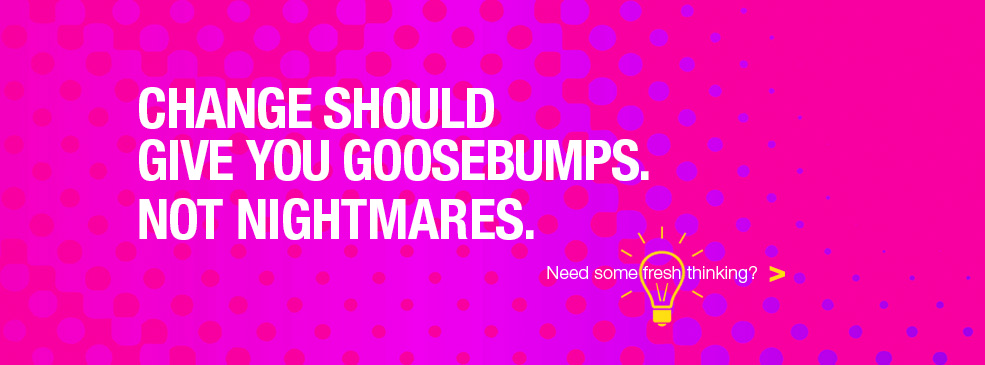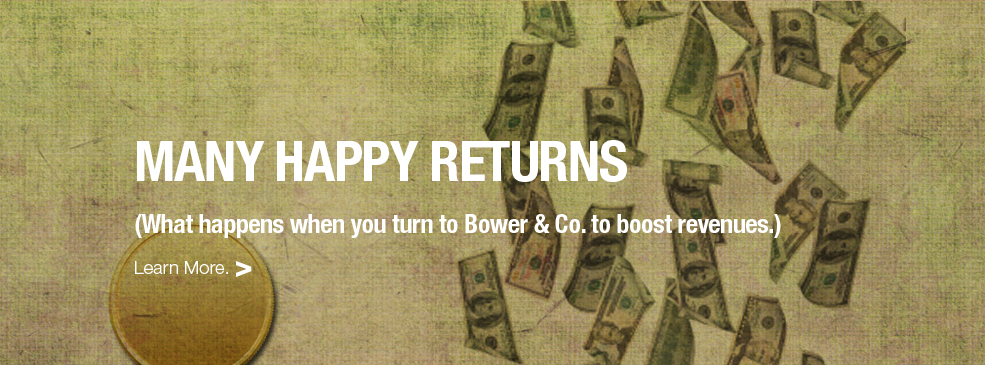Underlying customer service skills
The next step is to uncover what would improve the situation. This step is not to justify your position. Nor to rationalize, defend, argue for, or otherwise counter the customer’s position. When a customer reports a complaint, there is a degree of emotion at work, and countering emotion with more logic is a recipe for more emotion. And likely not so-called “happy” emotion.
Empathy: A Key Customer Service (Soft) Skill Needed
A couple weeks ago, I headed to the beach for a few days’ retreat to rest, focus on my business, and, as it turned out, brave the cold, rainy weather. I’d booked a one-bedroom suite with a private patio seating area on the first floor of this particular inn, a smaller hotel operation of a larger resort company. I sought quiet, solitude, nature, and having a larger set of room choices in case of rain. Also, with a “kitchenette,” I could prepare a handful of my own meals as healthier options than one usually finds in a restaurant at a resort destination.
 The big rig parked in front of my room.
The big rig parked in front of my room.
Imagine my disappointment to find this giant rig set up in the parking lot adjacent to my room. With a generator blasting out sound at 80-85 decibels, quiet was not something I would be enjoying.
I walked to the larger hotel, which handles check-in for the smaller place I’d planned to stay, where I learned, to my dismay, that this construction would be going on all week. That pretty much overwrote all my objectives for this trip. A generator grinding away at 85 decibels is neither quiet nor conducive!
The hotel representative quickly offered to find a manager, recognizing that I was not so happy about the construction schedule. She and the manager returned after about 5 minutes, ample time to have discussed my concern. As if she had no idea what the problem was, the manager asked, “How can I help you?”
Not only did her generic question reveal zero empathy, she subtly set the stage — if I wanted to get on the stage, which I did not — for a minor power struggle.
I noted that surely the first representative must have told her what my concerns were, which the manager affirmed. However, instead of acknowledging that she heard me or asking me what would make the situation right, she went on officiously to explain that the hotel company was installing a fire escape “for the safety of all our customers.” My eyes glazed over with the corporate-speak.
Ok. Now we’re having two different conversations. I’m disappointed with a construction operation taking place steps away from the quiet space I reserved for myself. She is justifying fire safety equipment installation that’s not even going into the actual building I’d be staying in nor servicing my first floor room.
Though my mind was gathering an arsenal of information for an argument with her, I had neither the energy nor the interest in having an argument. I remained quiet, waited a few seconds, and finally said, “And. . .?” As in: what does this have to do with me?
Finally her customer service training kicked in, and she offered to move me to a different property, which I appreciated and was the right thing to do. However, she and the front desk person, typing away furiously on the keyboard, told me at least three times that the room they’d be giving me was an upgrade, "definitely better" than the suite I’d reserved. By the third pronouncement, you could probably see a giant question mark over my head: The lady doth protest too much, methinks.
These two had no idea why I was there, what I’d hoped to achieve, what I needed, etc. so I found their proclamation that this property’s room would be better for me a little patronizing.
And perhaps a little mean-spirited. The new room actually overlooked the construction across the street!
When you offer to make a situation better, but do it in a mocking, self-righteous way, you’re not improving the customer’s situation nor engendering customer loyalty. Empathy and genuine respect for the human being who is your customer is what makes a difference.
We really have no idea what’s going on for the customer when they are voicing a concern. Somehow travel issues engender even more emotional responses because, after all, shelter is a basic need. Plus, you’re largely booking your travel without having seen it.
If you run a hotel, manage a tourism promotion agency, or destination, train your frontline team to consider their words. Throwing intellect on emotion is akin to having two discussions and not likely to foster understanding.
If you handle customer service in any form, resist the temptation to justify or defend what's happening. Listen and move to resultion rapidly. Continue to create a great brand experience of your organization through these customer service experiences.










 June 16, 2014
June 16, 2014
Reader Comments